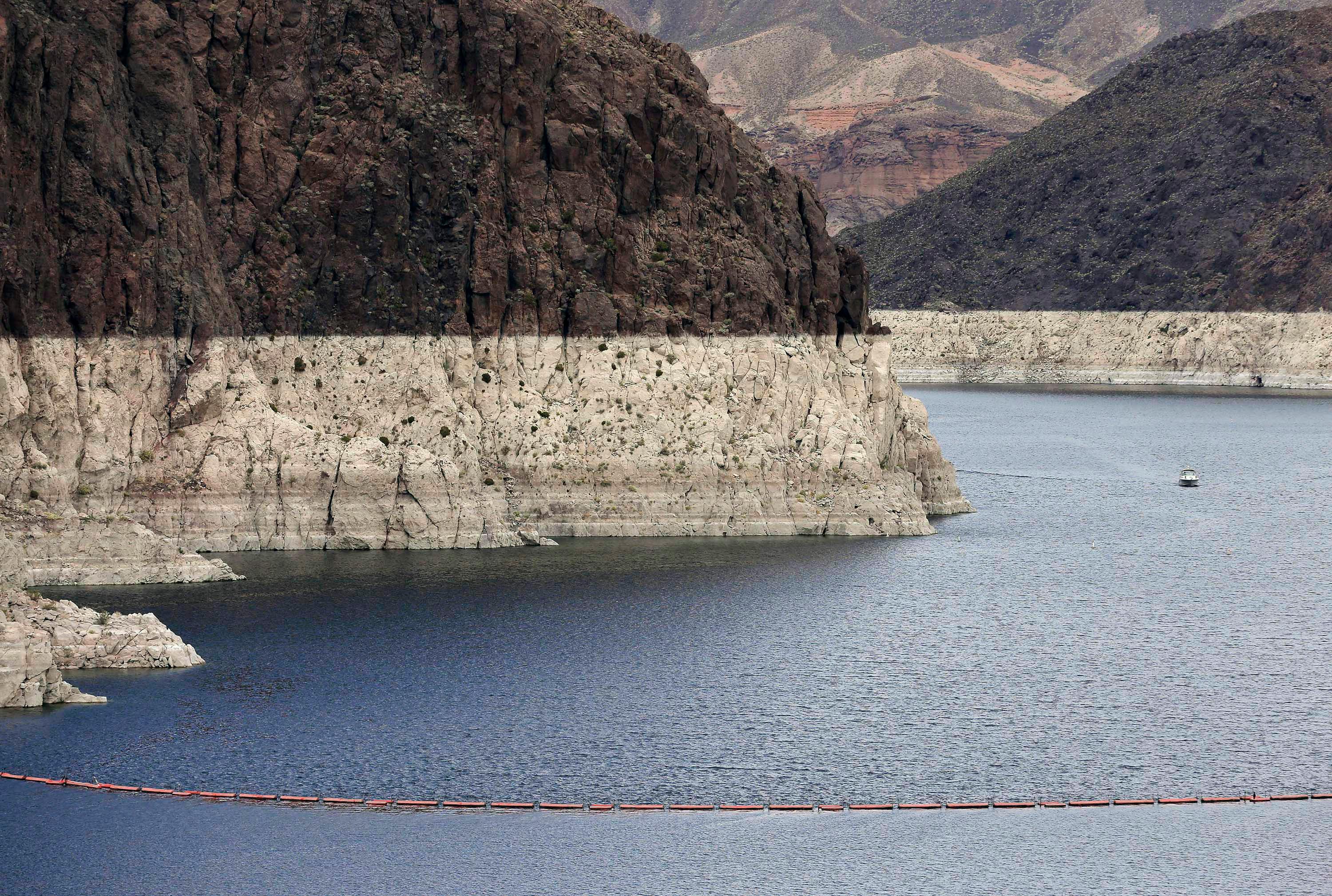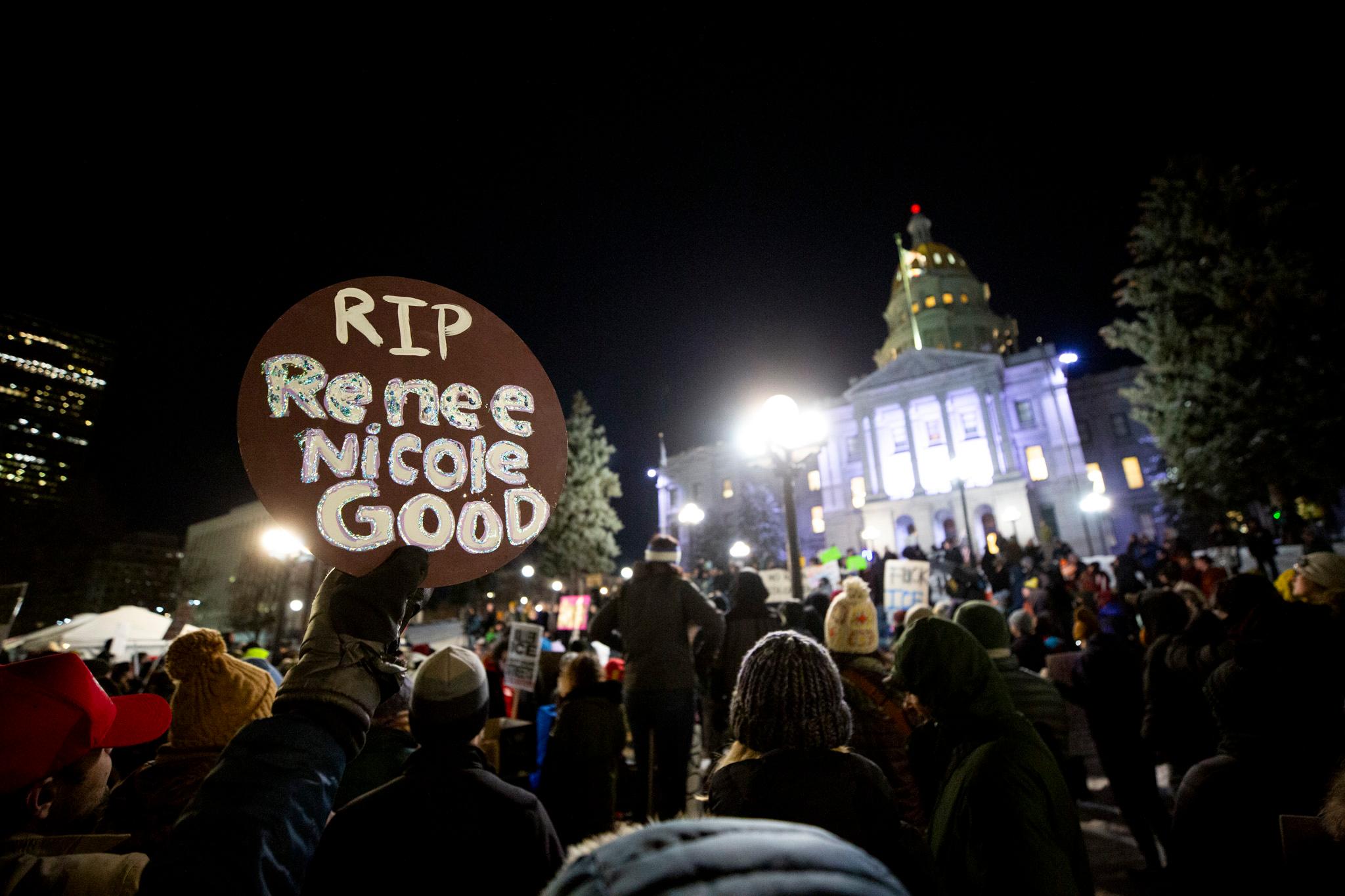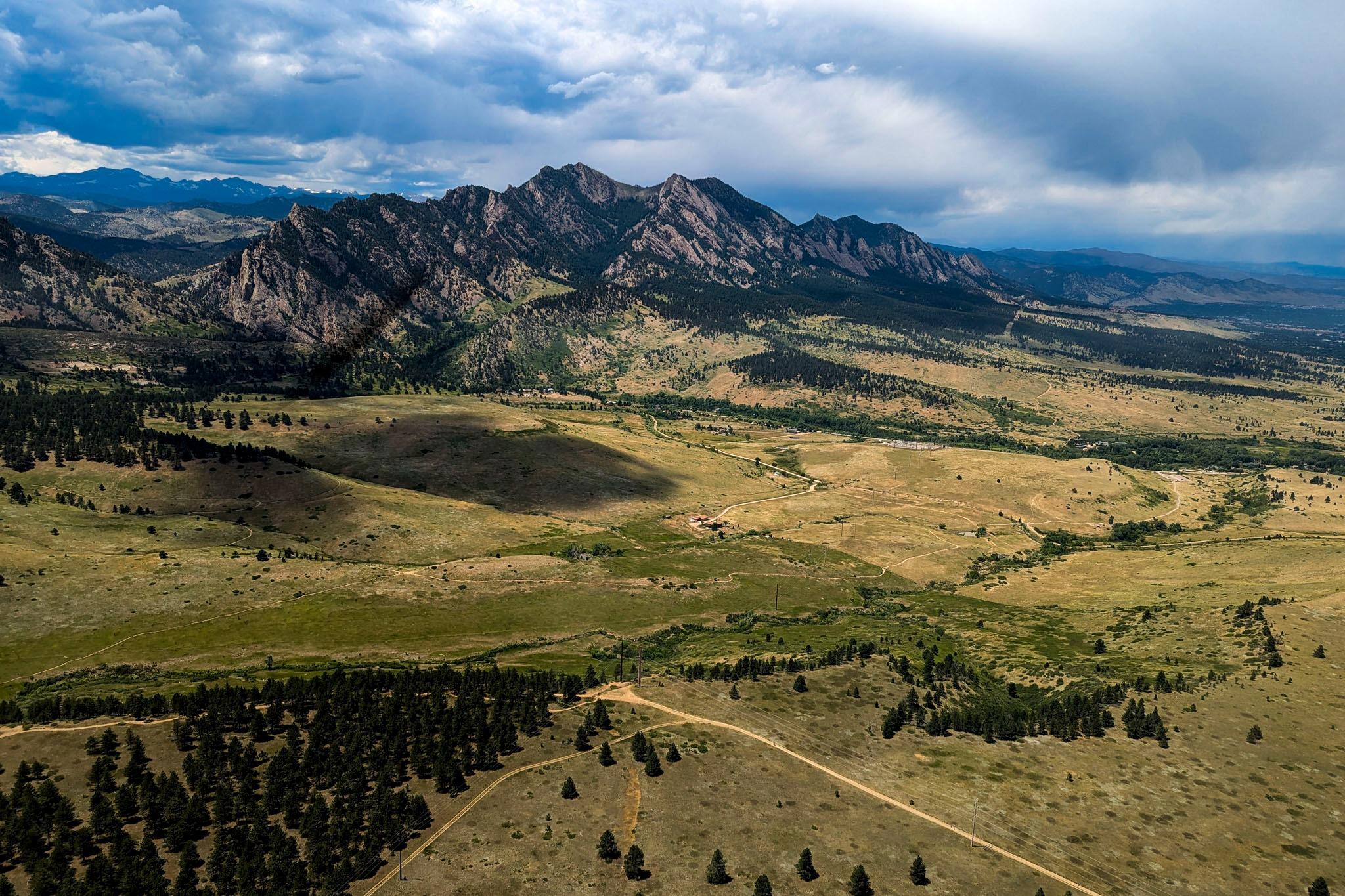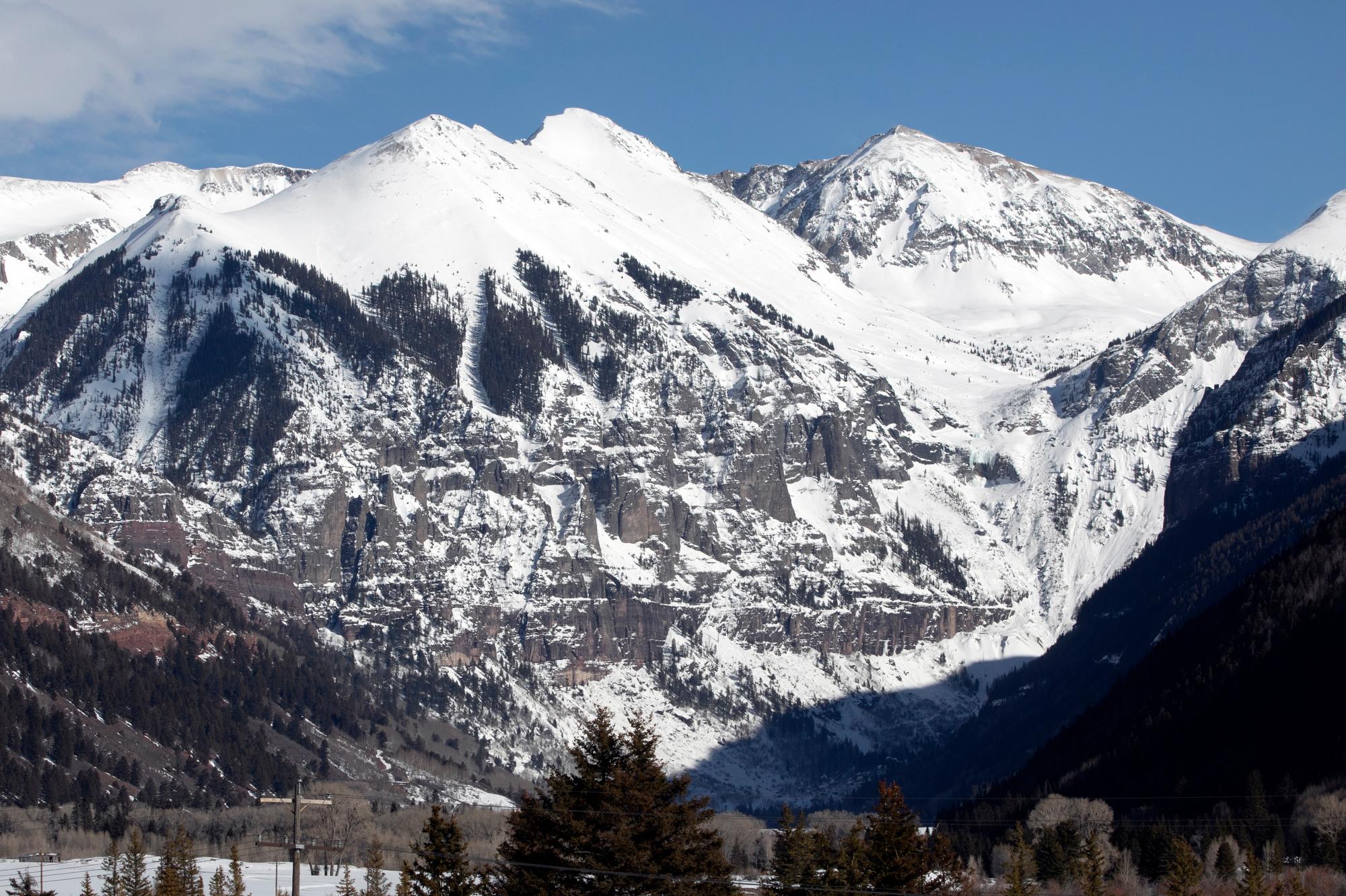

Researchers are working to better measure how much water is lost to evaporation at the nation's two largest reservoirs as part of effort they say could lead to new water management strategies.
The U.S. Bureau of Reclamation and the Desert Research Institute have teamed up to study evaporation at Lake Powell, building upon ongoing research at Lake Mead, the Las Vegas Review-Journal reported last week.
The researchers deployed floating platforms with remote sensors on the lake at the Arizona-Utah border to measure water temperature, weather conditions and other variables. From the data collected over next two to three years, they aim to produce a more accurate evaporation estimate that could be applied to measuring rates elsewhere.
"It's a difficult number to measure," said Chris Pearson, assistant research scientist of hydrology at the institute based in Reno, Nev. "It's not just a Lake Powell problem. It's a science problem."
The current way of estimating water losses from evaporation is "not considered very representative" of the actual amounts, said Jed Parker, a hydrologic engineer with the bureau. The estimates could be off by 20 or 30 percent, Pearson said.
"I'd say the current estimates have a lot of uncertainty in them," Pearson said.
Under the current estimate system, Lake Powell lost about 386,000 acre-feet of water last year. Estimations for Lake Mead east of Las Vegas show it losing more than 600,000 acre-feet of water each year. One acre-foot of water is enough to supply two average Las Vegas homes for about a year.
Water managers cannot do much to stop evaporation, but more accurate measurements could lead to better water budgeting on the Colorado River, which supplies about 40 million people, Parker said.
"That's why we're spending the money and trying to refine the method," Parker said.
The U.S. Geological Survey launched a similar study at Lake Mead in 2010, finding in the first year that observed evaporation was 4.5 percent higher than the estimate. In the second year, the observed evaporation was 5.3 percent lower than the estimate. The research also indicated that evaporation was overestimated in the summer and underestimated in the fall.
Parker and Pearson anticipate similar findings at Lake Powell.








